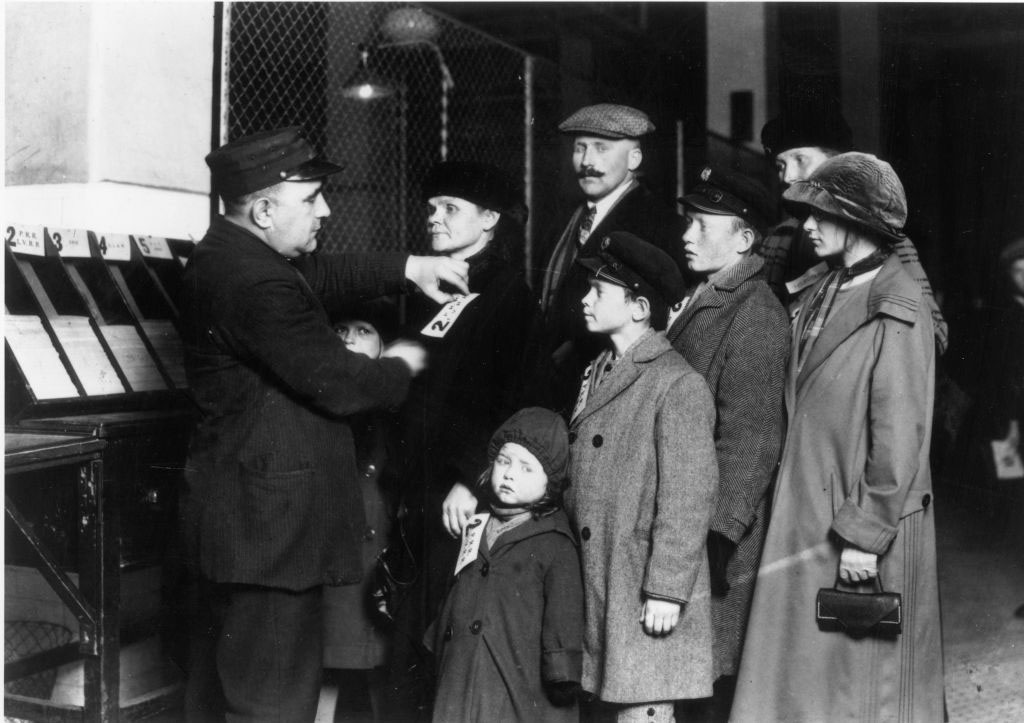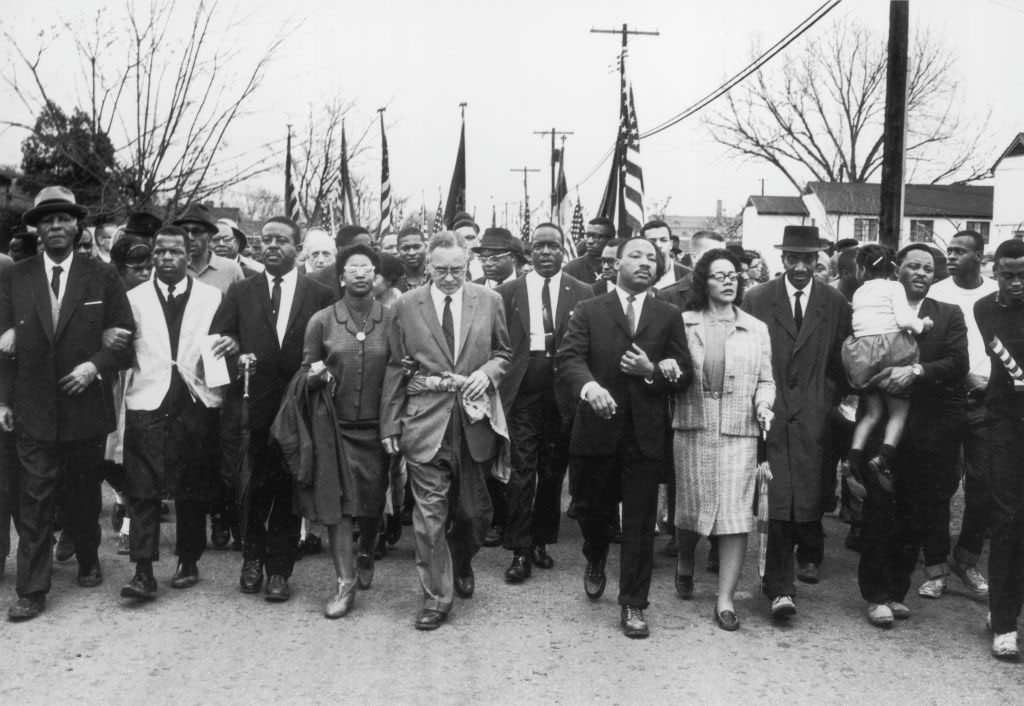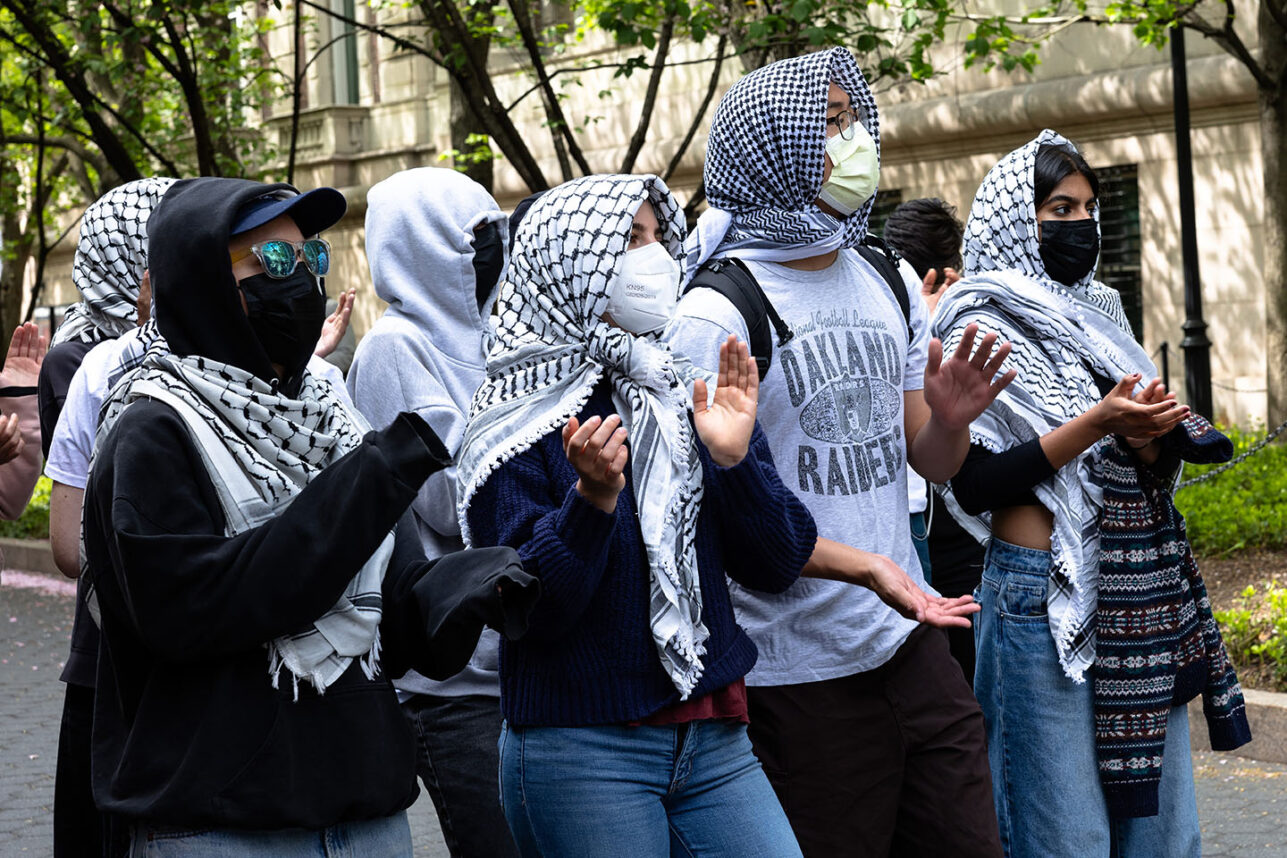Like all women, Miriam is a complex human being, whom I cannot fully understand. In this week’s portion she dies suddenly, leaving me as puzzled as I have always been with her role as a leader.
I am left with many unanswered questions. Why is she the only woman in the Torah called a prophetess? The rabbis teach that because she knew that her younger brother Moses would be Israel’s liberator she saves him from the Nile. A beautiful thought. Yet something seems to be missing. Unlike the prophetesses Hulda or Deborah, no one ever approaches Miriam for counsel. Which makes me wonder whether there were other unrecorded stories of her prophesy, other untold tales that circulated among the women about her unique wisdom, insight or strength, lost in the oral chain of tradition.
Even her 15 minutes of fame was truncated and unoriginal. Once the Jews cross the Sea of Reeds we read, "Then Miriam the prophetess, Aaron’s sister, took a timbrel in her hand and all the women went out after her in dance with timbrels. And Miriam chanted for them: ‘Sing to the Lord, for He has triumphed gloriously; Horse and driver He has hurled into the sea.’" (Exodus 15:20-21) Here Miriam repeats, almost word for word, the beginning of Moses’ song. What else did she sing? How was her prophetic message any different? Perhaps it was in the way she moved, in her dance. Was it that her body spoke louder than her words? Was Miriam’s dance the vowels surrounding Moses’ letters?
Why do we never read whether Miriam marries or has children? We first hear about Miriam’s childhood as an unnamed sister in the early life of Moses. As the biblical narrative develops, we learn about Moses’ and Aaron’s marriages and even the names of their children, but silence surrounds Miriam’s home life. Is it because the Torah sensed that being a "super mom" by giving 100 percent to one’s family and another 100 percent at the office (or in the struggle for liberation) is nearly impossible? Is it because in order to justify Miriam’s position as a community leader, the Torah chose to make her asexual? And if these are true, then where does that leave women today who attempt to move between the private and public worlds?
Finally, why is Miriam’s death so sparsely recorded in what amounts to a half a verse? "Then the children of Israel, the whole congregation, came to the desert of Zin in the first month and the people lived in Kadesh and Miriam died there and was buried there. And there was no water for the congregation and they gathered up against Moses and Aaron." (Numbers 20:1-2) Aaron dies later in this portion on a mountain in the full view of the community and Moses dies in a valley before God. In both instances we are told that the entire people mourned for 30 days. But Miriam’s death takes place in a vast, nondescript desert and does not move the Israelites toward a sense of grief. In sharp contrast, we are told that their tears metaphorically dried up in the form of a drought. The Talmud explains that the drought was the drying up of Miriam’s Well, a special source of water due to Miriam’s merit that followed the Jews through the desert on their journeys. It died when Miriam died. If this is true, what was in Miriam’s well? What stories, teachings, wisdom or memories flowed from that female source of sustenance? And why did it end with her death? What kind of leader doesn’t plan for the future?
As Miriam dies I leave this portion feeling a bit empty, unfulfilled and wanting. Like a surviving great-grandchild who hears bits and pieces of her great-grandmother’s life — Richa, the Eastern European town where she was born that no longer exists; the fact that she davened three times a day; the story of how she sold bootleg out of her bathtub on East 76th Street — I have to admit that I really don’t know who Miriam the prophetess was. I don’t know what made her tick or whom she loved. The vacuum calls out to each of us to write, dance and create in Miriam’s memory. Perhaps then her hidden depth will come alive.





















 More news and opinions than at a Shabbat dinner, right in your inbox.
More news and opinions than at a Shabbat dinner, right in your inbox.